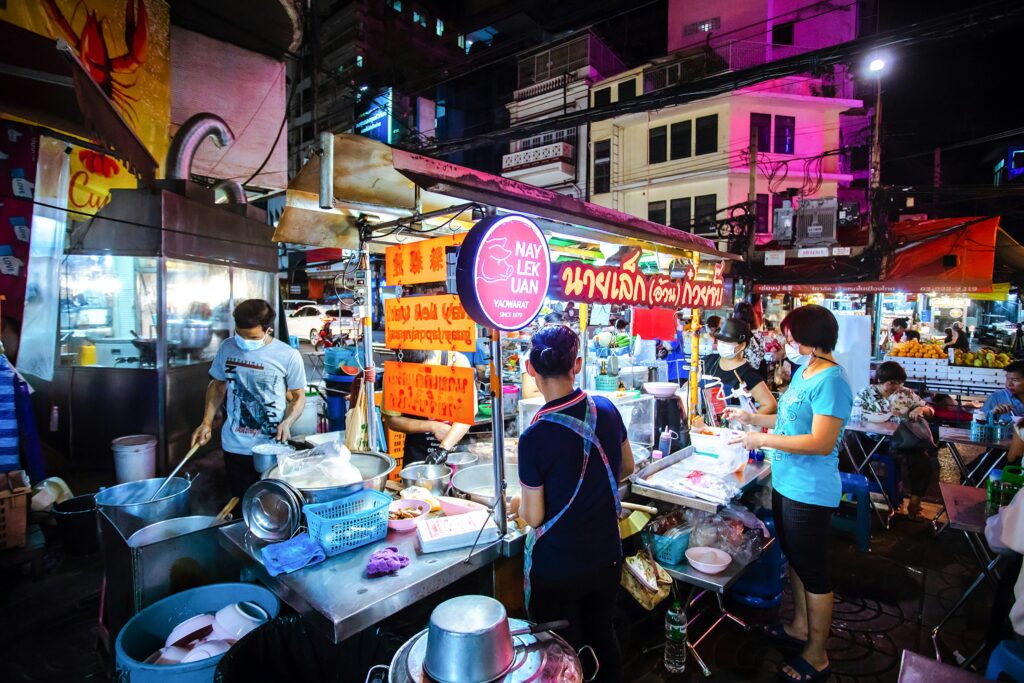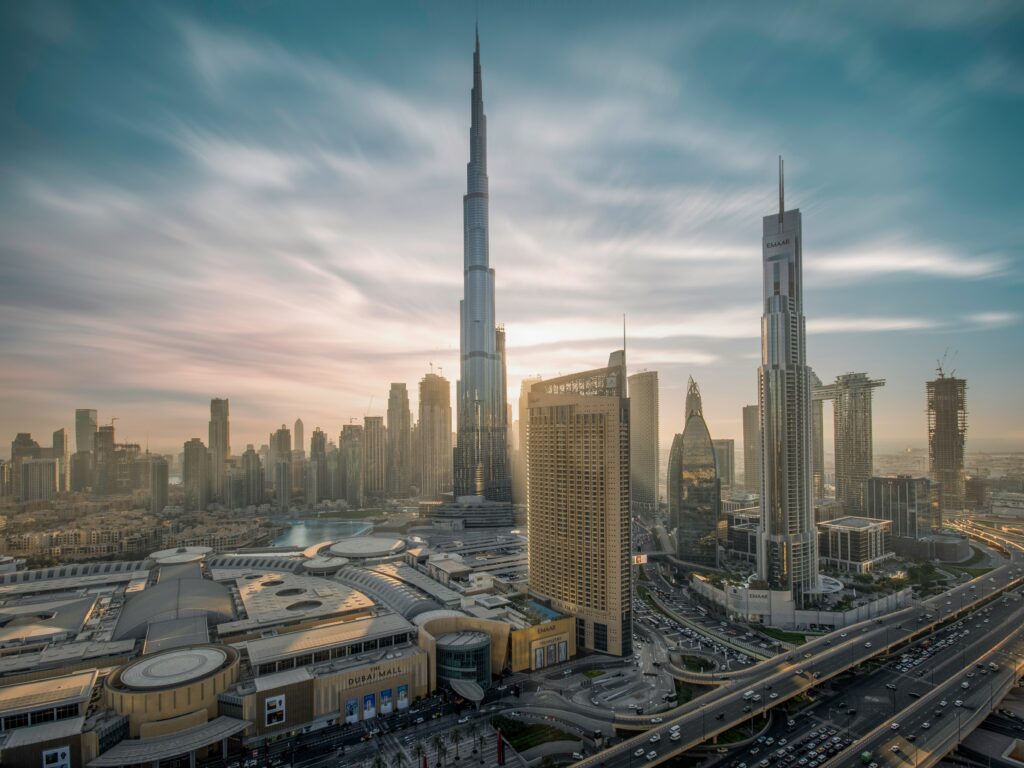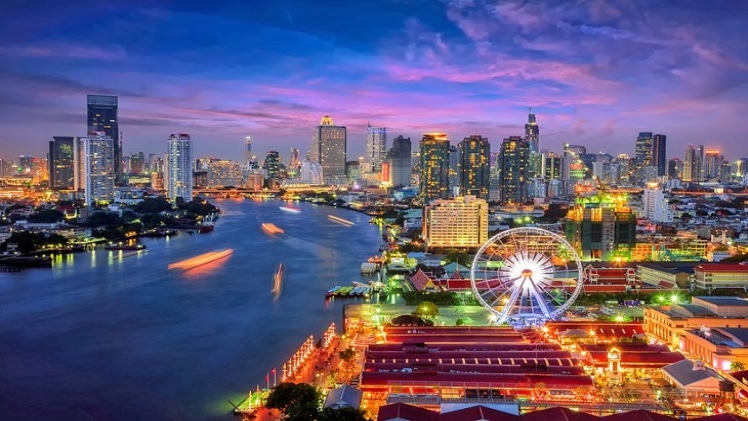Urban destinations are a melting pot of cultures, traditions, and cuisines, each city offering a unique blend that reflects its history and the people who inhabit it.
From the bustling streets of Tokyo to the historic neighborhoods of Istanbul, every urban center tells a story through its architecture, food, and local customs. This blog post delves into the vibrant cultural tapestry of urban life, providing insights and practical advice for travelers eager to immerse themselves in the eclectic mix of experiences that define these cities. Whether you’re a seasoned traveler or planning your first urban adventure, this guide will help navigate the contrasts that make city exploration so exhilarating.
Contents
- The Cultural Mosaic of Urban Life
- Architectural Wonders: A Blend of Old and New
- Culinary Adventures: A Taste of the World
- Festivals and Events: Celebrating Diversity
- Transportation: Navigating Urban Landscapes
- Accommodation: Finding Your Perfect Stay
- Conclusion: Embracing the Urban Experience
- Frequently Asked Questions (FAQs)

The Cultural Mosaic of Urban Life
Urban destinations are often characterized by their diverse populations, which contribute to a rich cultural mosaic. For instance, cities like New York and London are known for their vibrant immigrant communities, each bringing their unique traditions and cuisines. In New York, neighborhoods like Chinatown and Little Italy offer authentic culinary experiences, where travelers can savor dim sum or traditional pasta dishes. A meal in these areas can range from $10 to $30, depending on the restaurant and dish.
In London, the multicultural essence is palpable, with street markets like Borough Market showcasing foods from around the world. Here, travelers can sample everything from British fish and chips to Indian curries, often at reasonable prices.
Exploring these neighborhoods not only satisfies the palate but also provides insight into the lives and stories of the residents.
Architectural Wonders: A Blend of Old and New
One of the most striking aspects of urban destinations is the juxtaposition of modern architecture alongside historic buildings. Cities like Barcelona and Dubai exemplify this contrast beautifully. In Barcelona, the whimsical designs of Antoni Gaudí, such as the Sagrada Família and Park Güell, stand in stark contrast to the sleek lines of contemporary structures like the Torre Glòries. A visit to these sites can cost around €15 for the Sagrada Família, while entry to Park Güell is approximately €10.
On the other hand, Dubai’s skyline is dominated by futuristic skyscrapers like the Burj Khalifa, the tallest building in the world, alongside traditional markets known as souks. Exploring the city can be done via the Metro, which is both affordable and efficient, with fares starting at AED 3 (approximately $0.80). This blend of old and new not only enhances the visual appeal of these cities but also provides a deeper understanding of their evolution over time.

Culinary Adventures: A Taste of the World
Food is one of the most accessible ways to experience a city’s culture. Urban destinations often boast a plethora of dining options, from street food to fine dining. In Bangkok, for example, street vendors serve delicious Pad Thai and Som Tum (papaya salad) for as little as 40 THB (about $1.20). The vibrant street food scene is not only budget-friendly but also offers an authentic taste of Thai culture.
In contrast, cities like Paris are known for their gourmet dining experiences. A meal at a Michelin-starred restaurant can set travelers back anywhere from €50 to €300, but the experience is often considered worth the splurge. For those on a budget, local bistros and bakeries offer delightful options like croissants and quiches for under €10. Exploring a city through its food allows travelers to connect with locals and understand their traditions and lifestyles.
Festivals and Events: Celebrating Diversity
Urban destinations are often alive with festivals and events that celebrate their cultural diversity. For instance, the Carnival in Rio de Janeiro is a spectacular display of music, dance, and vibrant costumes, attracting millions of visitors each year. Attending this festival can cost around R$100 (approximately $20) for entry to the Sambadrome, where the main parades take place.
Similarly, the Diwali Festival in cities like Leicester, UK, showcases the rich traditions of the Indian community, featuring fireworks, music, and food stalls. Participating in local festivals not only enhances the travel experience but also provides an opportunity to witness the city’s cultural heritage firsthand. Travelers should check local calendars to plan their visits around these vibrant events.
Transportation: Navigating Urban Landscapes
Getting around urban destinations can be both exciting and daunting. Most cities offer a range of transportation options, including public transit, taxis, and rideshare services. For instance, cities like Tokyo have an efficient subway system that is easy to navigate, with single fares starting at ¥170 (approximately $1.50). In contrast, cities like Los Angeles are more car-dependent, making rental cars a popular option, with prices averaging around $30 per day.
For those looking to explore on foot, many urban areas are pedestrian-friendly, with designated walking paths and bike lanes. Walking not only allows for a more intimate exploration of the city but also provides opportunities to discover hidden gems that may be missed while driving. Always consider purchasing a transportation pass for longer stays, as it can save money and provide unlimited travel on public transit.
Accommodation: Finding Your Perfect Stay
Accommodation options in urban destinations range from luxury hotels to budget hostels, catering to all types of travelers. For example, in New York City, a night in a mid-range hotel can cost around $200, while budget hostels may offer beds for as low as $50. Booking in advance can often yield better rates, especially during peak tourist seasons.
For a more local experience, consider renting an apartment through platforms like Airbnb, where prices can vary widely based on location and amenities. Staying in neighborhoods outside the main tourist areas can provide a more authentic experience and often at lower prices. Always read reviews and check the location to ensure safety and convenience.
Conclusion: Embracing the Urban Experience
Exploring urban destinations offers a unique opportunity to immerse oneself in a vibrant cultural tapestry. From the eclectic mix of cuisines and architectural wonders to the lively festivals and diverse communities, each city presents a distinct narrative waiting to be discovered. By embracing the contrasts that define urban life, travelers can create unforgettable memories and gain a deeper appreciation for the world’s cultural diversity. So pack your bags, step out into the bustling streets, and let the city unfold its stories before you.
References
- Gaudí’s works in Barcelona – UNESCO World Heritage Centre.
- Public transportation systems in Tokyo and Dubai.
- Cultural festival calendars for Rio de Janeiro and Leicester.
Frequently Asked Questions (FAQs)
What’s the best time of year to visit urban destinations?
The best time to visit urban destinations varies by location. For example, spring (March to May) and fall (September to November) are generally ideal for cities like Paris and New York, offering mild weather and fewer crowds. Summer can be hot and crowded, while winter may present challenges due to snow or rain. Always check local events and weather conditions before planning your trip.
How much should I budget for this trip?
Budgeting for an urban trip depends on various factors, including accommodation, food, transportation, and activities. A rough estimate for a mid-range traveler might be $100 to $200 per day, including lodging, meals, and local transport. For luxury travelers, this can easily double, while budget travelers can manage with $50 to $100 per day by opting for hostels and street food.
What should I pack for an urban adventure?
Pack versatile clothing suitable for the climate and activities planned. Comfortable walking shoes are essential for exploring city streets. A lightweight rain jacket is advisable for unpredictable weather, while a portable charger can keep devices powered during long days out. Don’t forget a reusable water bottle and a small daypack for carrying essentials.
Are urban destinations safe for travelers?
Most urban destinations are safe for travelers, but it’s essential to stay aware of your surroundings. Avoid poorly lit areas at night and keep valuables secure. Research local safety tips and customs, and consider using reputable transportation options. Trust your instincts and seek help if something feels off.
What are the best transportation options in urban areas?
Public transportation, such as buses and subways, is often the most efficient way to navigate urban areas. Many cities offer day passes that can save money. Rideshare services like Uber and Lyft are also widely available. For short distances, walking or biking can be enjoyable and allow for a more intimate exploration of the city.
How can I find local customs and etiquette?
Researching local customs before traveling can enhance your experience. Websites, travel blogs, and guidebooks often provide insights into cultural norms. Engaging with locals and asking questions can also lead to valuable information. Being respectful and open-minded will help you navigate cultural differences more smoothly.
What are some insider tips for exploring urban destinations?
Consider visiting popular attractions during off-peak hours to avoid crowds. Explore neighborhoods beyond the tourist hotspots for a more authentic experience. Joining local tours or workshops can provide deeper insights into the culture. Lastly, always keep an eye out for free events or festivals happening during your visit.


















